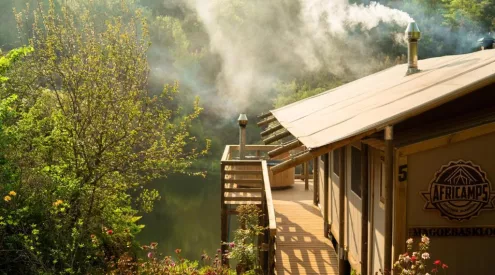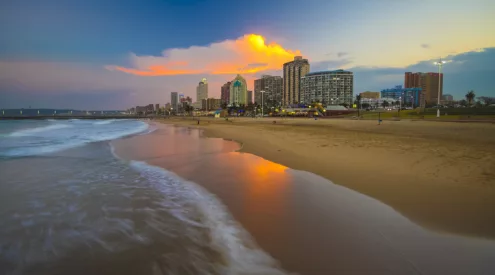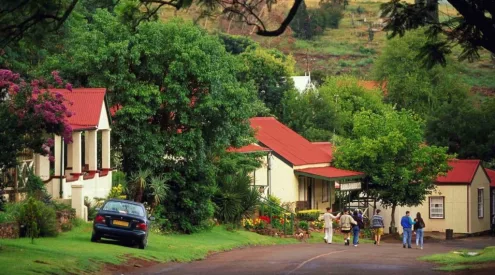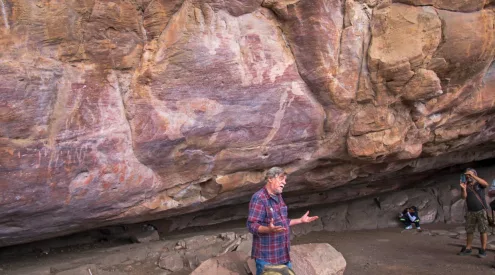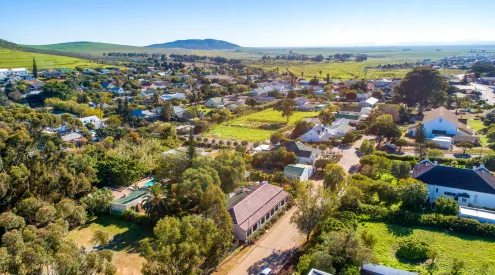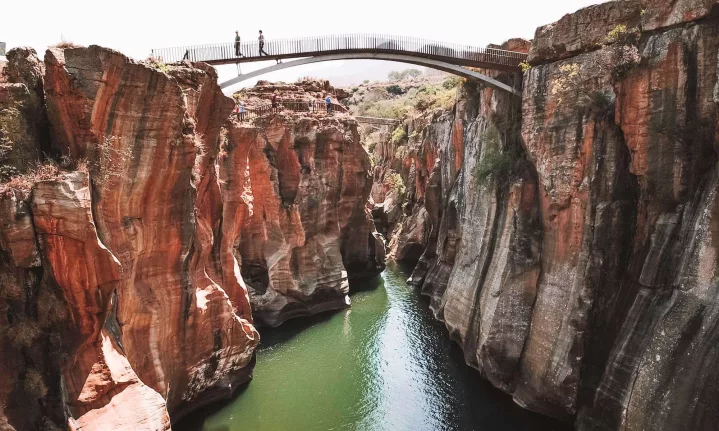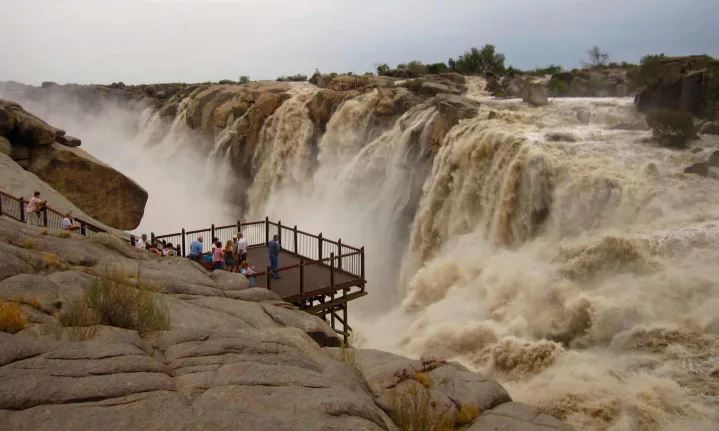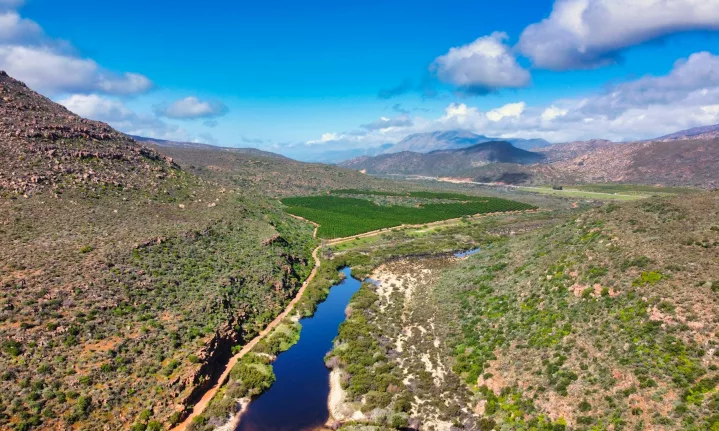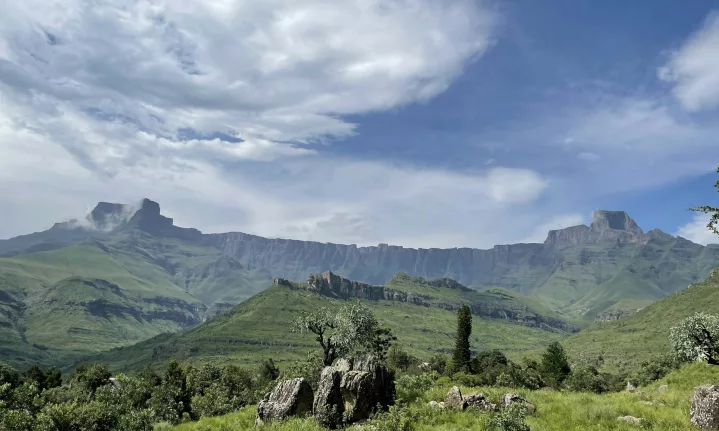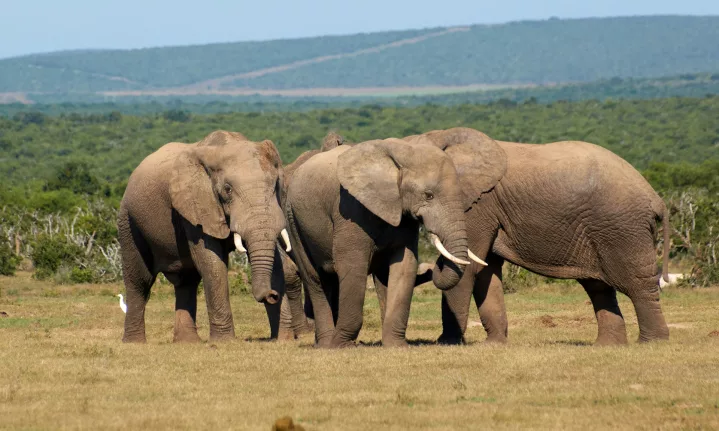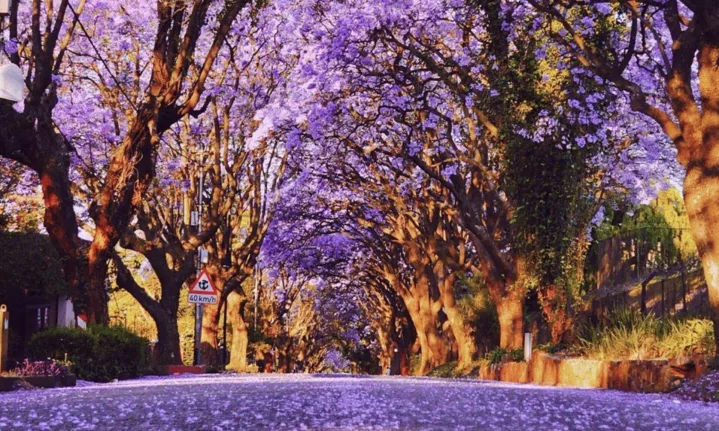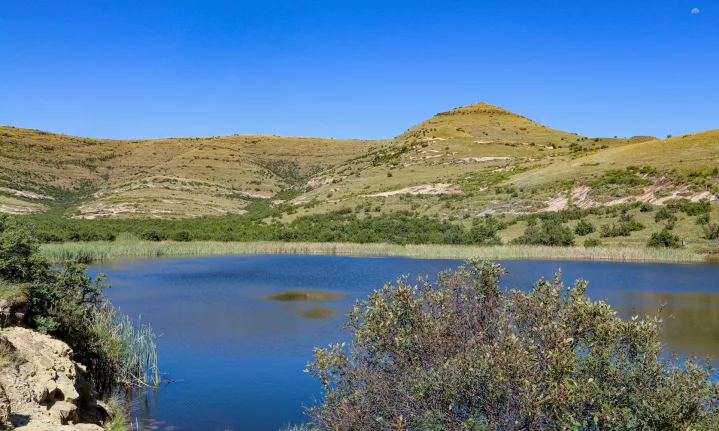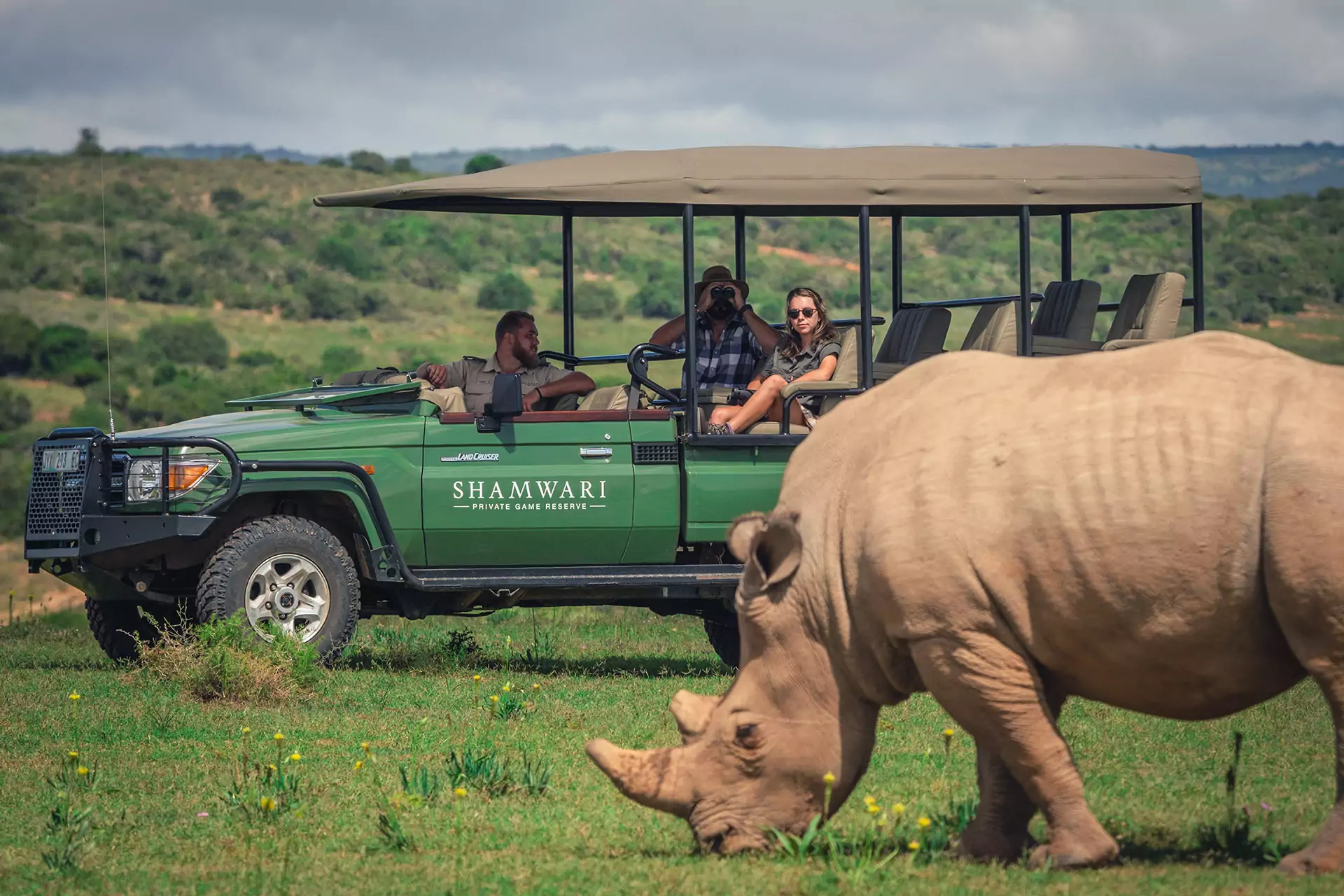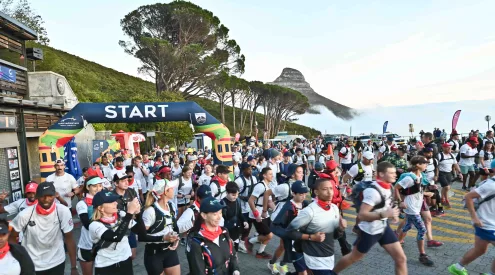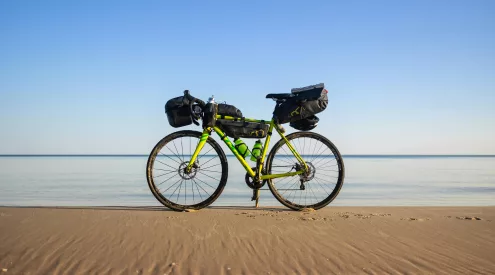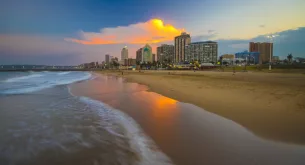As the world moves towards more conscious and sustainable tourism, travellers are beginning to swap road trips for rail routes, guided hikes, and locally driven experiences. South Africa, with its wide-reaching public transport options and diverse terrain, offers plenty of ways to explore without needing a car.
Safety and situational awareness are key, particularly when exploring unfamiliar areas or using public transport. Stick to well-trodden routes, travel during daylight hours when possible, and always check in with locals or accommodation hosts about areas to avoid. With the right planning and a mindful approach, South Africa is a deeply rewarding and car-free travel destination.
Whether you’re looking for cultural discovery, nature escapes, or coastline charm, here’s your guide to the best low-impact, car-free adventures in every corner of South Africa.
Western Cape – Hikes, bikes, and coastal cool
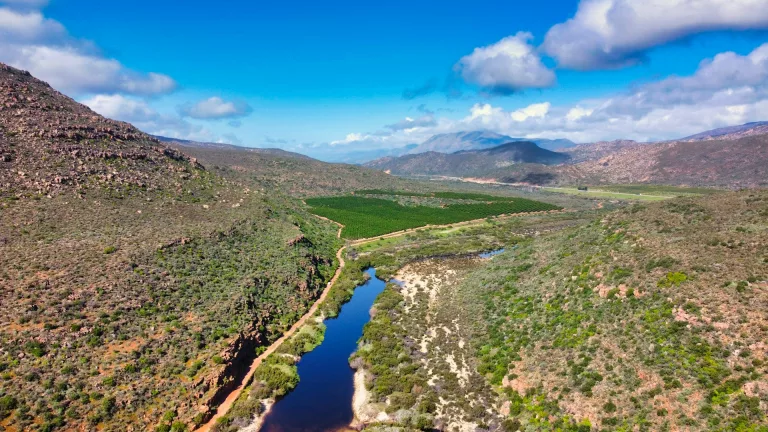
Blouberg Adventurer/Unsplash
Cape Town
Explore the Mother City with ease using the MyCiTi Bus, bike rentals, or your own two feet.
- Car-free highlights: Table Mountain hikes, Sea Point Promenade cycling, Bo-Kaap walking tours.
- Insider tip: Catch the sunrise from Lion’s Head or watch the sunset from Signal Hill — both are accessible via trail and public transport.
- Safety tip: Stick to popular hiking routes like Lion’s Head or Platteklip Gorge during daylight and preferably in a group. Avoid walking alone in quiet or unfamiliar city areas after dark.
Stellenbosch
- Cycle the wine farms: Rent a bike and explore the scenic winelands with stops at eco-conscious estates.
- Explore on foot: The historic town centre galleries and local cafés are all within walking distance.
Cederberg
- Get there: Take a bus to Clanwilliam, then arrange a local transfer.
- Experience: Multi-day hikes to Wolfberg Arch, ancient rock art walks, and off-the-grid eco-lodges.
Paternoster
- Get there: Bus from Cape Town.
- Enjoy: Long beach walks, kayaking, and slow village living — all car-free.
Eastern Cape – Culture and coastline
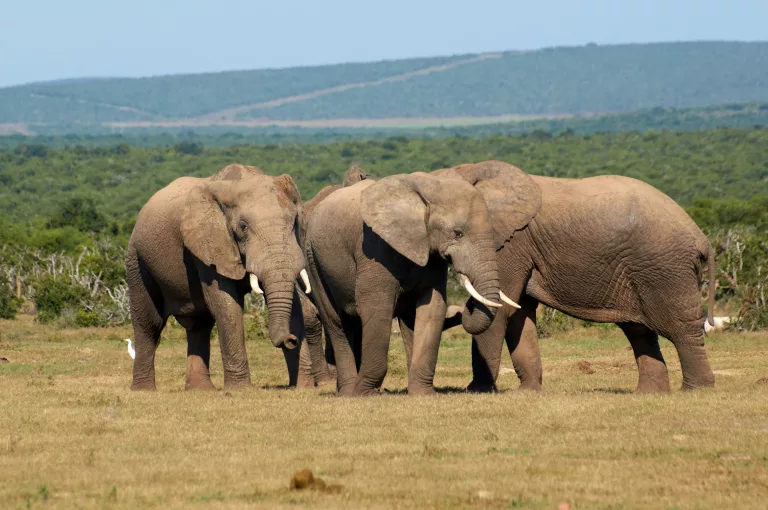
Wolfgang Hasselmann/Unsplash
Addo Elephant National Park
- Access: Bus to Gqeberha (Port Elizabeth) + shuttle or tour to the park.
- Low-impact safaris: Guided game drives and eco-camps inside the park.
- Safety tip: Avoid wandering around outside your accommodation at night — the area is remote, and wildlife can be active. Let your lodge know your movements.
Wild Coast
- How: Bus to East London, then local taxis or community guides.
- Highlights: Coffee Bay to Bulungula hikes, Xhosa homestays, and untouched beaches — all best explored on foot.
- Safety tip: This region is remote and incredibly beautiful — stick to established trails and always check in with local hosts before setting out. Mobile reception is limited, so hike with a companion or guide when possible.
ALSO READ: Worker faces discipline after giving water to cheetahs in viral video
KwaZulu-Natal – Heritage and hiking
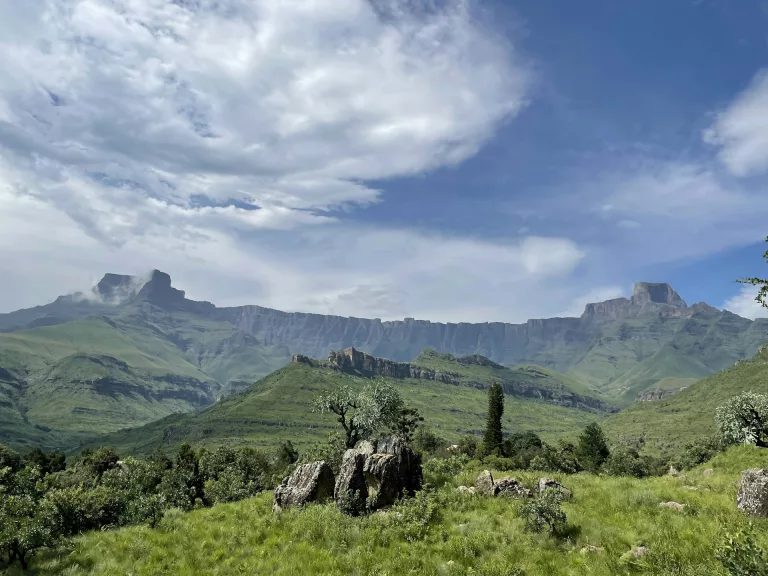
Spekboom/Unsplash
Durban
- Explore: Use the People Mover buses to navigate beachfronts, markets, and museums.
- Add on: Walking tours of Morningside or a rickshaw ride for fun and flair.
- Safety tip: While the beachfront is vibrant and generally safe by day, it’s best to avoid walking alone in quieter areas or after sunset. Always keep your belongings close on public transport.
Drakensberg Mountains
- Access: Take a bus to Winterton or Bergville, then shuttles to mountain lodges.
- Activities: Hikes to Tugela Falls or Cathedral Peak, birdwatching, and stargazing with no vehicles needed.
Gauteng – Urban eco-explorations
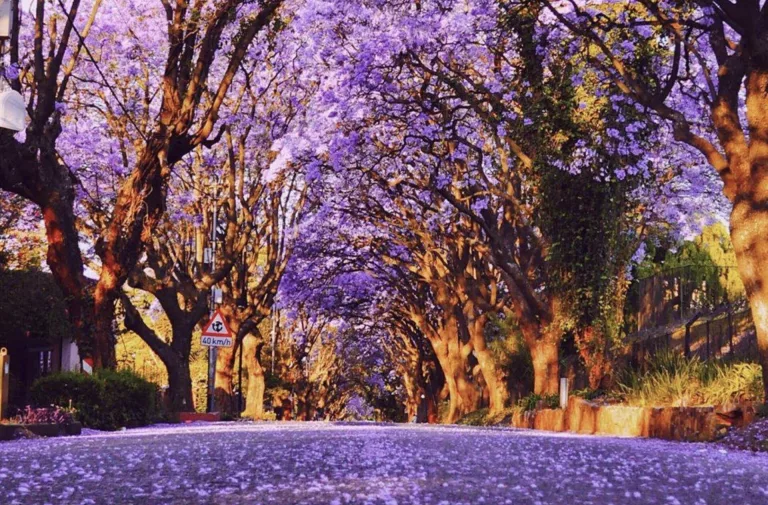
Picture/Friends of Tshwane Heritage Research Centre
Johannesburg
- Move around: Gautrain and Rea Vaya buses connect key districts.
- Car-free culture: Join inner-city walking tours in Maboneng, Braamfontein, and Soweto for street art, history, and local food.
- Safety tip: Opt for guided walking tours in the city centre and townships. Guides offer both cultural insight and help you stay in secure zones. Avoid using informal minibus taxis unless you’re with a local or guide.
Pretoria
- On foot: Wander jacaranda-lined streets in bloom, picnic at the Union Buildings, and visit museums — all are walkable from the city centre.
Free State – Small-town serenity and scenic trails
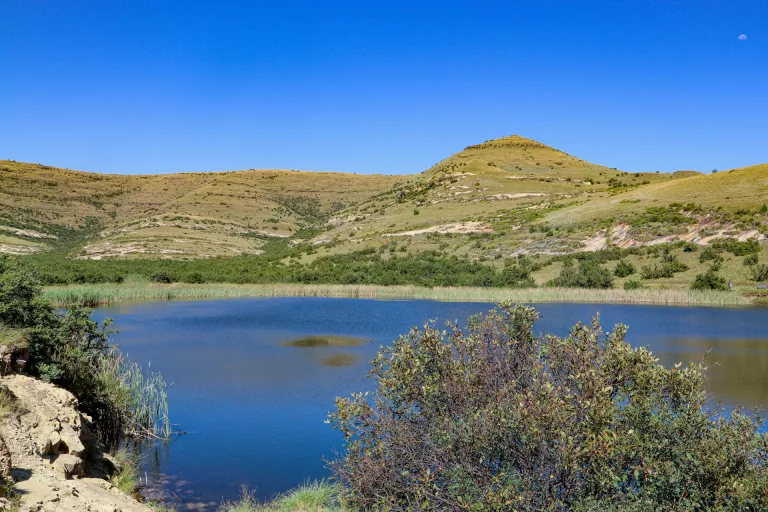
Tayla Kohler/Unsplash
Clarens & Golden Gate Highlands National Park
- Get there: Take a bus to Bethlehem, then shuttle to Clarens.
- Enjoy: Hike sandstone trails, browse art galleries, and take in Free State’s big skies and slow pace — all without a car.
- Safety tip: Trails in Golden Gate are well-marked, but weather can change quickly — carry water, let someone know your route, and avoid hiking in storms or low visibility.
Northern Cape – Rugged beauty, minimal impact
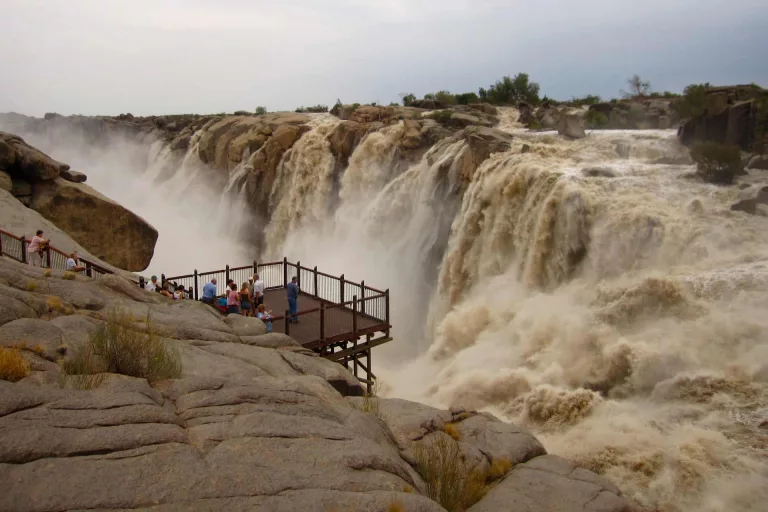
Picture/Arrebusch Travel Lodge
Augrabies Falls National Park
- Access: Bus to Kakamas + shuttle or local transfer.
- Explore: Walk to viewpoints, hike the Dassie or Gorge Trails, and enjoy stargazing in total silence.
Riemvasmaak hot springs
- Reachable from Kakamas: Arrange a community-based tour or guide.
- Experience: Natural springs, red rock canyons, and cultural connection — off-grid and unforgettable.
Mpumalanga – Waterfalls and wonder
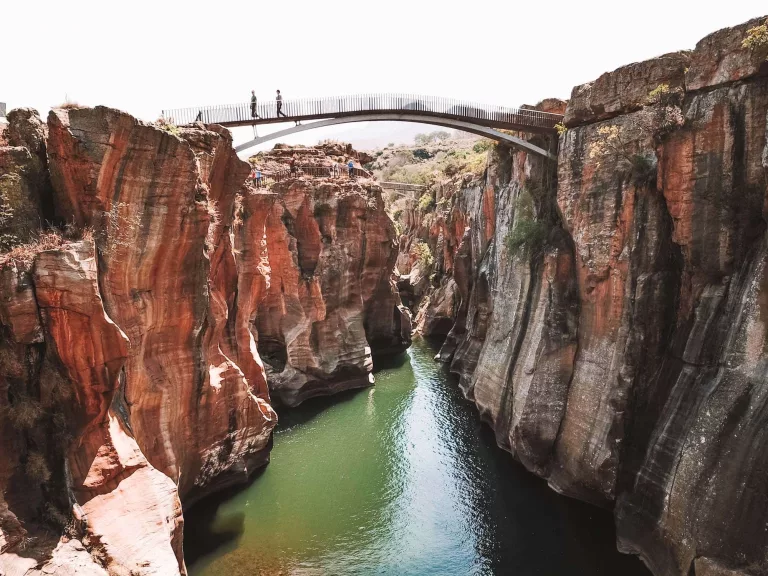
Picture/Travel Rebels
Panorama Route (Graskop-based)
- Get there: Take a bus to Nelspruit, then a local taxi or tour to Graskop.
- Adventure: Stay in town and use guided services to reach God’s Window, Lisbon Falls, and Bourke’s Luck Potholes — all low-impact options.
- Safety tip: Avoid isolated areas after dark and always lock up valuables. Petty theft can occur near popular lookout points — keep your camera and phone close.
North West – Game drives, no driving
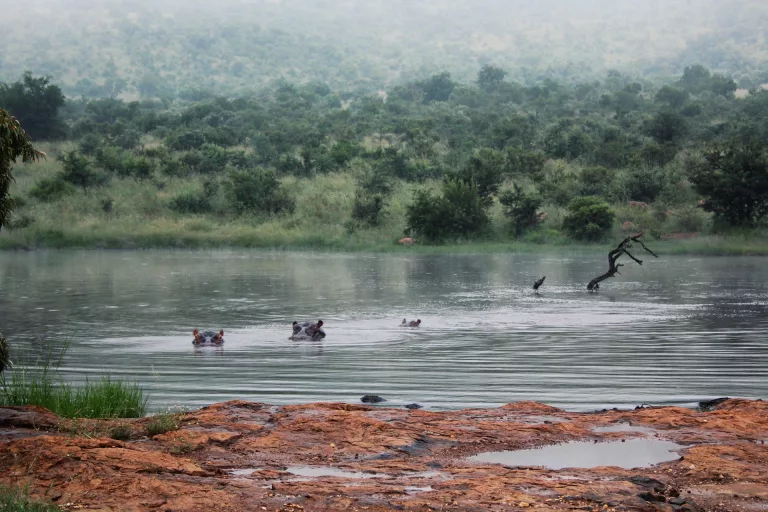
Sophie N/Unsplash
Pilanesberg National Park
- Access: Shuttle transfers from Johannesburg are available.
- Do: Join daily game drives and stay at eco-lodges inside the park — no self-drive needed for big wildlife experiences.
- Safety tip: If arriving via shuttle or tour, confirm pick-up and drop-off details in advance. The park itself is safe and well-managed, but avoid hitchhiking in surrounding areas.
Tips for low-impact travel in South Africa
- Choose public or shared transport: Trains, buses (Intercape, Citiliner), and local minibus taxis can take you far for less.
- Support local: Stay in community-owned lodges, eat at family-run spots, and hire local guides.
- Pack light, leave light: Stick to reusable items and eco-friendly toiletries, and avoid single-use plastics.
- Go slow: Instead of rushing from one spot to the next, immerse yourself in one place — the ultimate low-impact move.
South Africa is made for meaningful, slow, and sustainable travel — and yes, you can do it all without a car. From the jagged cliffs of the Wild Coast to the wine-soaked valleys of Stellenbosch, and the mountain trails of the Drakensberg to the wild beauty of Augrabies, every province has a low-impact adventure waiting.
So, next time you plan a trip, take the scenic route — the slower, car-free one — and experience South Africa in a way that respects its people, its nature, and your planet.
Follow us on social media for more travel news, inspiration, and guides. You can also tag us to be featured.
TikTok | Instagram | Facebook | Twitter
ALSO READ: Contractor discovers historic stone well in Cape Town



